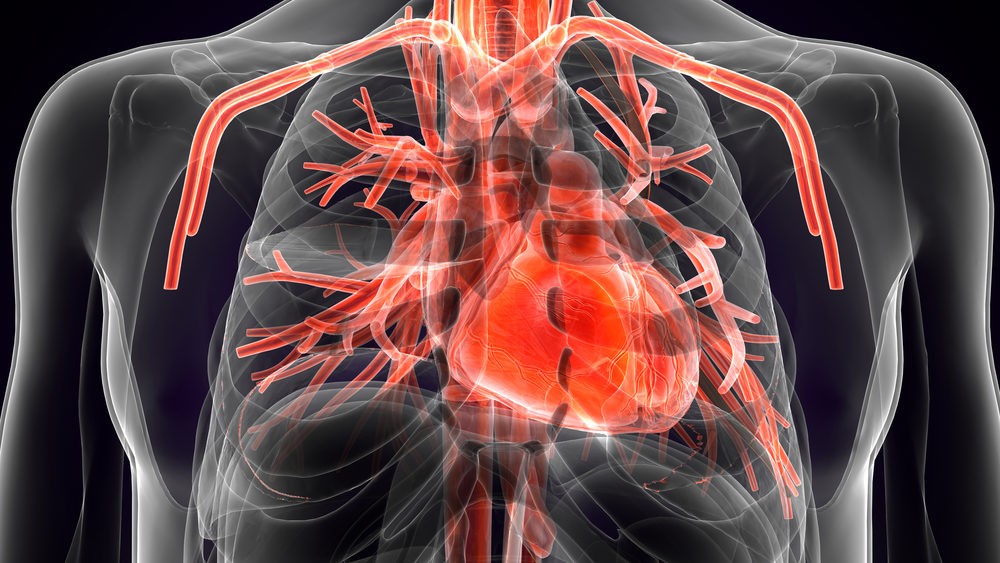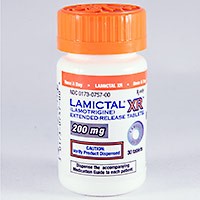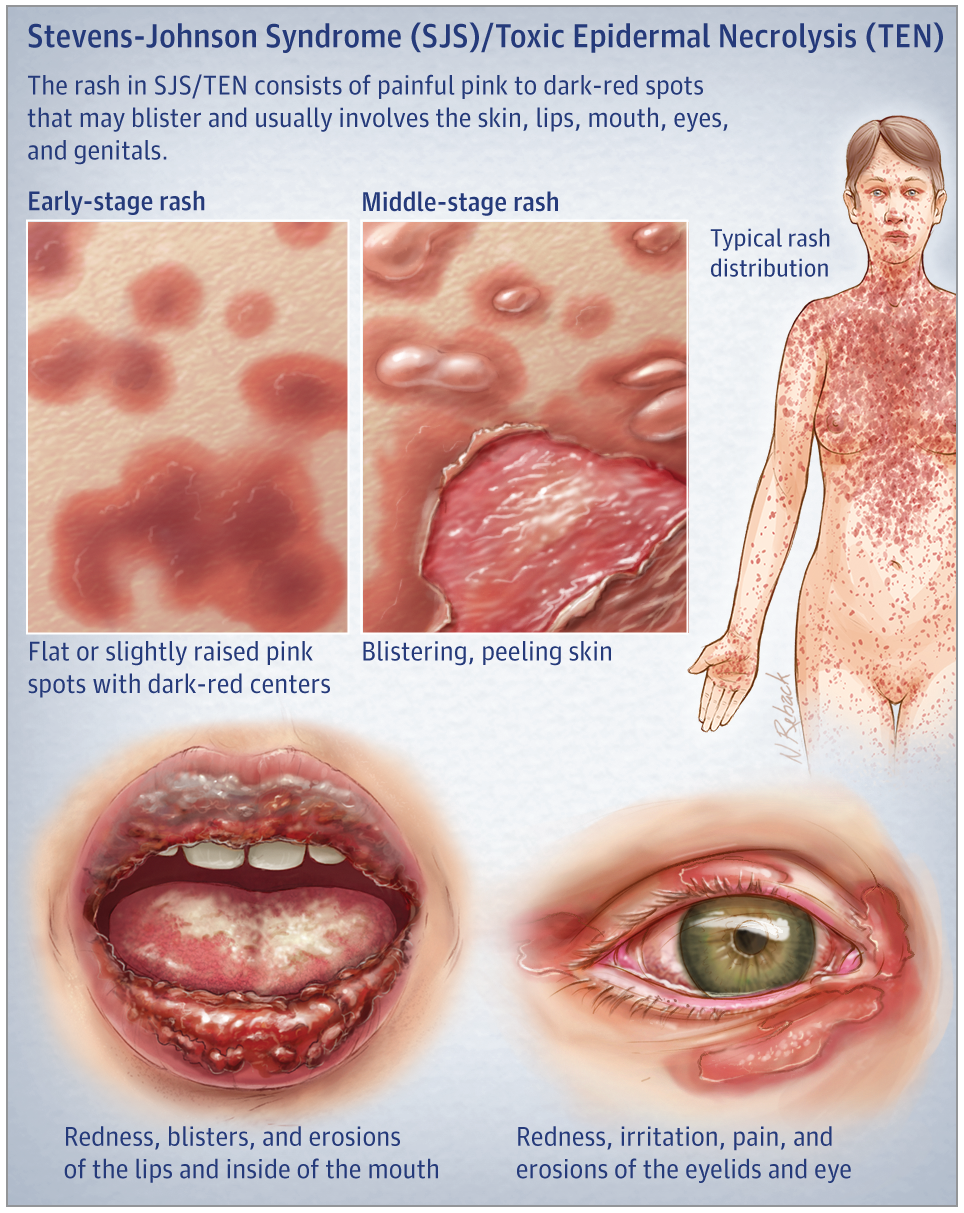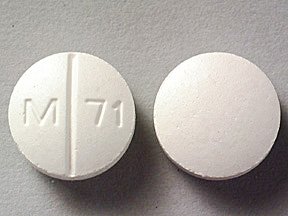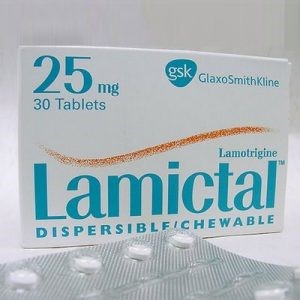In February 2019, a 14-year-old North Hollywood, California, high school student took a medication called Lamictal for mood swings and wound up in a burn intensive care unit, receiving treatment for Stevens-Johnson syndrome (SJS). A severe reaction to the drug caused her skin to blister, bubble, shed, and fall off in sheets. Unable to breathe or eat on her own, it would be two weeks before she would make any improvement.
What is Stevens-Johnson Syndrome?
Although rare, Steven-Johnson Syndrome is an extremely serious condition caused by an infection or a reaction to a medication. SJS usually requires hospitalization or treatment in a burn unit. It can lead to blindness, cellulitis, lung failure, permanent skin damage, and sepsis. SJS typically beings with a fever and flu-like symptoms and within days, progresses into a painful purplish/red rash that blisters and spreads. The top layer of skin eventually dies, falls off, and then heals.
Some drugs commonly associated with the occurrence of SJS include:
- Antibiotics like macrolide, penicillin, quinolone, and sulfa
- Anticonvulsants including lamotrigine, carbamazepine, phenytoin, phenobarbital, valproic acid/divalproex sodium
- Anti-gout medications like allopurinol
- Antipsychotics
- Pain relievers like acetaminophen, diclofenac, ibuprofen, naproxen, and piroxicam

Signs of SJS
The infections that have been found to lead to SJS include hepatitis A, herpes, HIV, and pneumonia. Those with a family or prior history of SJS, HIV, presence of the HLA-A 1502 gene, and a weakened immune system are more likely to develop Steven-Johnson Syndrome Studies have shown that when taking Lamictal, children are nearly three times as likely to develop SJS than adults are.
People taking the above medications should watch for the following signs of the serious skin condition: burning eyes, cough, fatigue, fever, a sore mouth or throat, and a rash. If you observe any of these symptoms of yourself or a loved one, emergency medical treatment should be sought immediately.
Contact our attorneys a Childers, Schlueter & Smith for a free consultation. You might be entitled to bring forth a claim against the manufacturer of the medication you believes has caused you injury. For more in depth information click HERE.
Other Stevens-Johnson Syndrome News
A study has found that survivors of Stevens-Johnson syndrome (SJS) have a higher risk of cardiovascular problems, specifically cerebrovascular accidents and ischemic heart disease, compared to the general population.
Medical negligence may contribute to Stevens-Johnson Syndrome (SJS) or Toxic Epidermal Necrolysis (TEN). Learn how drug errors, misdiagnosis, or lack of warnings could support a legal claim.
Lamictal has been linked to Stevens-Johnson Syndrome (SJS), a life-threatening skin reaction. Learn how improper prescribing or dosing may lead to serious injuries and legal action.
If you've been diagnosed with Stevens-Johnson Syndrome or Toxic Epidermal Necrolysis, it’s critical to act quickly and consult an experienced attorney to protect your legal rights and potential claim.
Allopurinol, a common gout medication, has been linked to Stevens-Johnson Syndrome—a rare but serious skin reaction that may require hospitalization and lead to long-term complications.
Improperly prescribed Allopurinol and Lamictal are leading causes of SJS/TEN. Learn how medical errors may have contributed to your injury—and why early legal action is essential.

